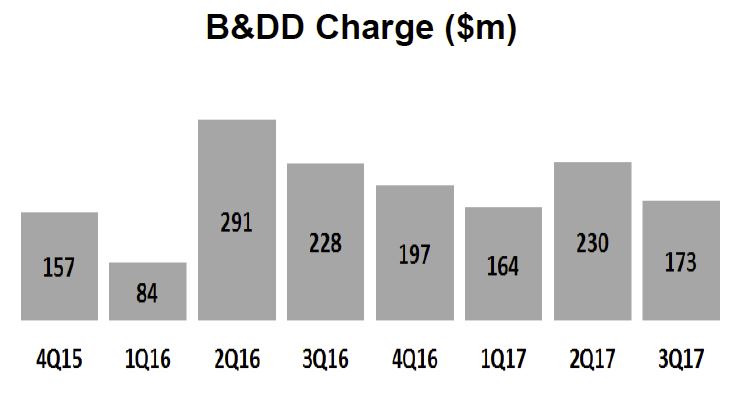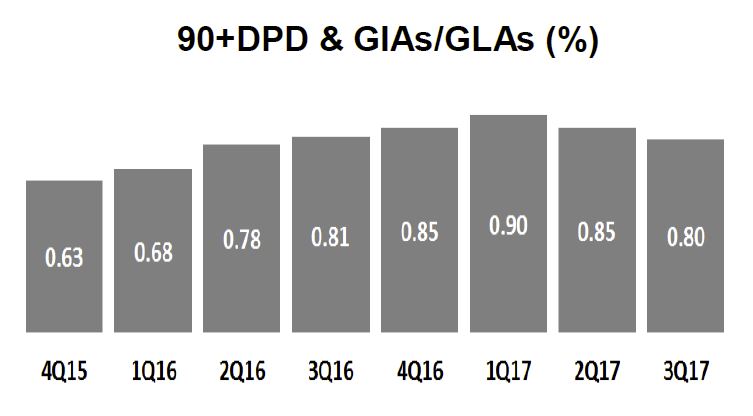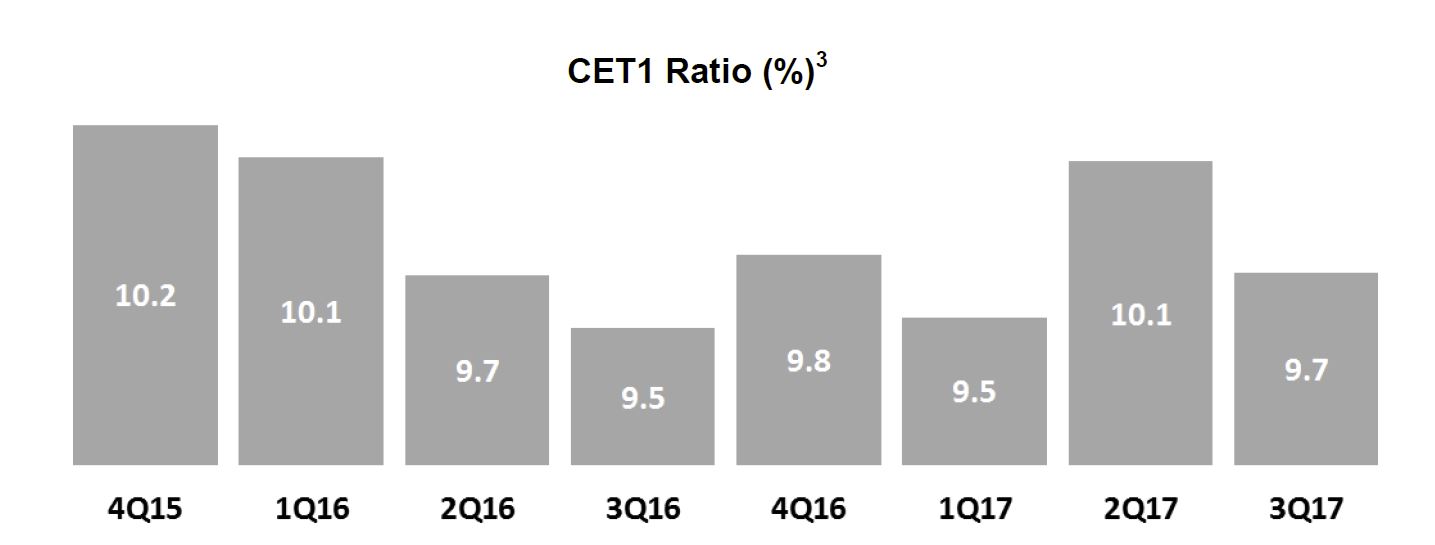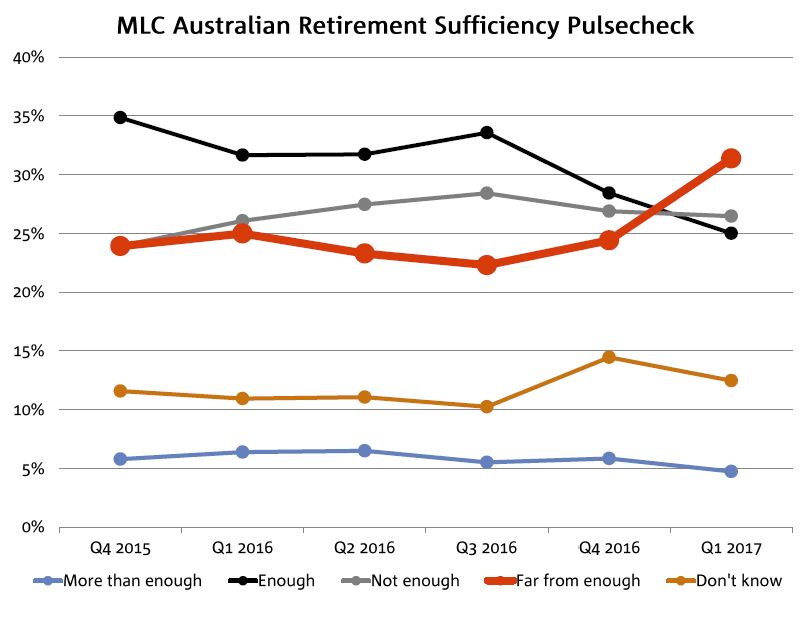Mr Waldron said: “Like ASIC, we want to strengthen the positive contribution that brokers provide. We see opportunity to lead by example and grow trust if we take it on ourselves to improve and to embrace change within our industry for consumers. This is because any strong industry needs to earn, retain and continue to build the trust of its consumers. Trust is the most valuable commodity.”
He continued: “We don’t believe that the current standard commission model has resulted in poor consumer outcomes, but we believe it is essential to manage not only actual conflicts but also the potential for perceived conflicts of interest.
“ASIC suggests lenders should not ‘structure their incentives in a way that encourages larger loans that initially have larger offset balances’. We believe the industry needs to make adjustments to the standard commission model by paying up front commissions based on the drawn down amount, not the total facility amount, and by paying up front commission net of offset balances.”
Reiterating that NAB has “never paid any sort of volume bonuses on mortgages” as it recognises that this could create a conflict of interest, Mr Waldron suggested that “the time for such payments has passed”.
Touching on soft dollar benefits, Mr Waldron said that these could be “managed transparently through gifts and conflicts of interest registers”, but suggested that the ongoing education and professional development of brokers was “essential” and that the industry should “continue to focus on this, ensuring it’s conducted in line with community expectations”.
Public reporting regime should be ‘cautious’ in comparing data
Acknowledging that NAB is in a “unique position in the broker market, operating as both a lender, provider of white label lending and having ownership of three of Australia’s leading aggregator groups — PLAN Australia, Choice and FAST”, Mr Waldron said that the bank knew that it needs to “build a more robust industry model, not just to reduce the perception of conflict of interest but for end-to-end governance”.
He elaborated: “We know we need to increase transparency to protect the interests of customers and brokers, and we’re mindful that today’s actions will be judged by tomorrow’s standards. We have already improved disclosure of our ownership of aggregators: PLAN Australia, Choice and FAST.”
However, he suggested that ASIC’s proposal for a new public reporting regime should be “cautious” in comparing some data, such as price, as there “are many factors that impact price and simple comparisons are difficult to make”.
A reporting regime would therefore “require the support of the industry to be successfully and consistently implemented”.
“Our industry needs to come together to get this right,” he said.
Lastly, Mr Waldron said that improving the oversight of brokers by lenders and aggregators will also require industry consultation and would require a “clear delineation between the requirements of brokers, aggregators and lenders to avoid duplication and overlap”.
NAB reportedly believes that the two important areas of any oversight model should cover responsible lending, and the reporting of ACL’s and brokers in the market regardless of licensing agreements.
“If we are focused on good customer outcomes, proving responsible lending guidelines have been followed will be even more important, both at the time of establishing a loan and when ongoing service is provided,” the executive said. “And any governance regime should also consider how lenders and aggregators will report cases of alleged misconduct of mortgage brokers to ASIC.”
In conclusion, Mr Waldron said: “Our industry has an opportunity to lead by example. We need to manage conflicts of interest, pursue self-regulation, proactively manage perceptions and demonstrate how we will continue to improve for the end benefit of customers. This will require consultation and discussion for us as an industry, with brokers, aggregators, Treasury, regulators and other industry participants to work out how this can best be put into practice.”
Noting that it has been “great to see the industry already come together” to form the mortgage industry forum, Mr Waldron went on to thank brokers for their support.
“Our priority is to continue to back [brokers] in delivering the best customer experience by moving forward with the times.
“We have a real opportunity to chart our own course for the interests of consumers and the progress of our industry.”












